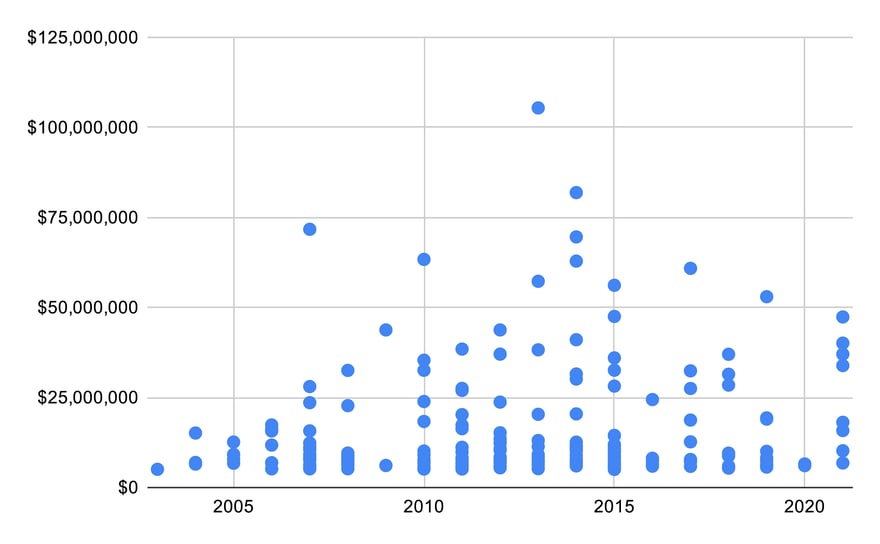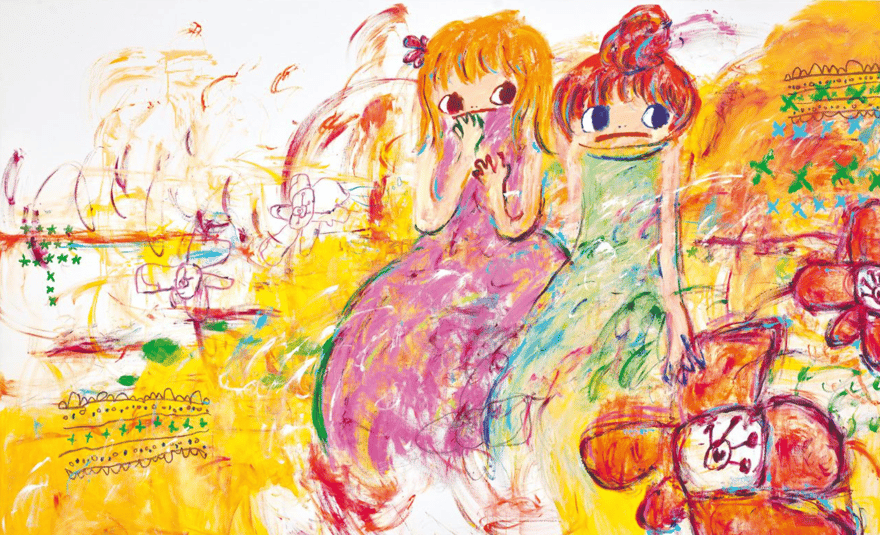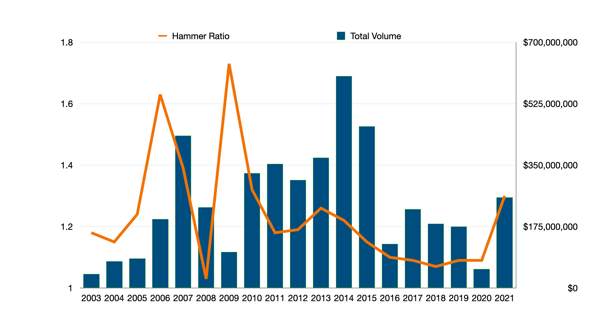How Does the Warhol Market Really Work?
Price dynamics for record-setting Warhols—like the Marilyns—are more complicated than you think.
LiveArt Market Monitor's report Warhol's Marilyn and the Art Market is available as a pdf with additional charts and content. You may download and share it from here.
When Christie’s announced that it would be selling Doris Ammann’s 40-inch square Warhol image of Marilyn Monroe this May, the news was stunning but the record-setting estimate of $200 million was not. The five 40-inch Marilyns hold a special place within Warhol’s body of work; and another Marilyn is known to have sold privately above the level of Christie’s estimate.
A $200 million auction estimate is eye-watering. But the number has a clear logic. Christie’s has already sold a work publicly for $450 million—and several other paintings are known to have sold privately for prices above $200 million. That makes the estimate almost conservative.
Non-market observers tend to fixate on record prices. The expectation is that record-setting sales will beget more record-setting sales. The art market works differently. It is uniquely dependent upon public prices to provide cardinal points. This is because the asset lacks other fundamental means of valuation. In other words, the monetary value of art can only be determined by a sale, not by a calculation of income streams. A record price becomes a North Star for other transactions; however, these tend to be transactions at a lower level.
Warhol’s work increased in value at a very rapid pace. Between 1998 and 2007, a 40-inch Marilyn quadrupled in value every nine years. At that rate, one might have expected to see a $280 million Warhol sale in 2016. That obviously didn’t happen. But the market came close. Steven Cohen paid $80 million privately for Turquoise Marilyn in 2007; Kenneth Griffin paid triple that—or $240 million, according to Vanity Fair—in 2017 for Orange Marilyn. Quadrupling had slowed to tripling, a nine-year pace had extended to 10 years yet Warhol’s Marilyns continued to gain value.
Using LiveArt’s data from public auctions, we mapped the market dynamics for high value Warhols. These charts show a pattern of new highs in 1989, 1998, 2007 and 2011. Art markets look for confirmation prices when an artist sells in a new range. For Warhol, the 1994 resale of Shot Red Marilyn at a price 10% below the first sale was a confirmation price.
The 1998 sale of Orange Marilyn for $17.3m had to wait until 2004 before the $15 million sale of Mustard Race Riot confirmed that price. Green Car Crash (Green Burning Car 1) sold for $71 million in 2007 followed by the $63.3 million paid for The Men in Her Life in 2010. The 2013 auction of Silver Car Crash (Double Disaster) for $105.4 million was mostly confirmed by the $81 million paid for Triple Elvis [Ferus Type] the next year.
Confirmation prices tend to be singular at these very high levels. But they do help loosen purse strings for works down a price rung or two. Following Warhol’s 1998 high there were a dozen new sales at prices between the previous high ($4m) and the new record ($17.3m). After the 2007 record high price ($71m), there were 21 new sales at prices between the 1998 record ($17.3m) and the 2007 price.
Since 2011, only one work has sold above the previous record price set in 2007; however, more than two dozen works have sold at prices between the 1998 high and the 2007 high. Higher record prices prompt more frequent transactions at lower but previous record levels. Buyers become habituated to prices that previously seemed high but now have been confirmed by a market rising even higher.
Between 2007 and 2011, there were 10 Warhols sold publicly for prices between $25m and $50m. Between 2011 and 2021, 17 Warhols sold in that price band. Before 2011, only two Warhols had sold publicly above $50m. From 2011 on, eight $50m or above Warhol paintings were auctioned.
If the Shot Sage Blue Marilyn sells for its estimate, it will make a public price near or above the previous record private price. Once a price ceiling around $250m is set, that creates new price bands below the record price for additional sales. With a $250m public price, we should expect to see bands between the 2007 ($71m) high-water mark and approximately $160 million which is halfway between the 2007 high and the $250m level.
Having more Warhols selling for prices above $75m, should bring more works to market. Buyers who paid less than $50m for Warhols—and that is all but a dozen or so buyers—would make substantial gains if they owned works that could expect prices above the $75m level.
If Shot Sage Blue Marilyn doesn’t sell for the $200 million estimate or sells significantly below there, it will indicate a meaningful change in Warhol’s status. One fear related to Warhol’s oeuvre is that his work is mostly relevant to Baby Boomers. Just as biblical stories once familiar to admirers of Old Master paintings lost their cultural currency, so too might Liz, Jackie, Elvis, Marilyn become as obscure as many of the society portraits.
As described earlier, Warhol’s paintings have declined in number at auction over the last six years even as they continue to rise in value. That may indicate narrowing demand for only certain subjects.
On the other hand, remember the upward slope of Marilyn prices from 1989 to 1998 to 2007 to 2017. A mere doubling of the private sale price paid five years ago would mean exceeding the price of Leonardo’s Salvator Mundi. A sale at that level would be a rebranding event for Warhol.





